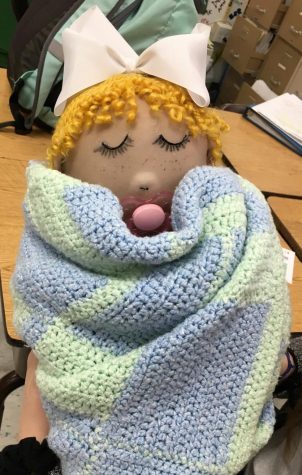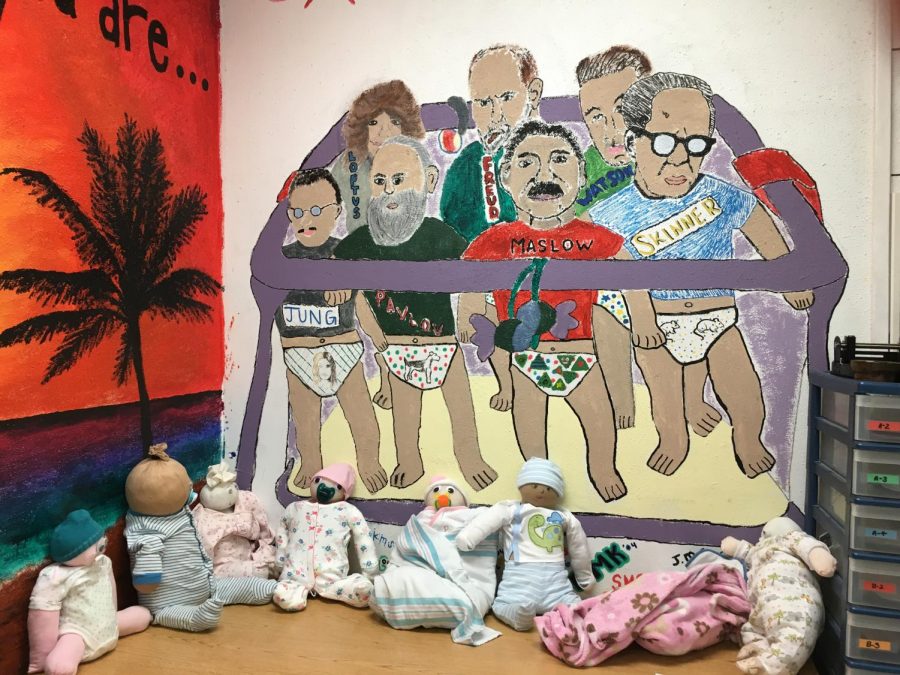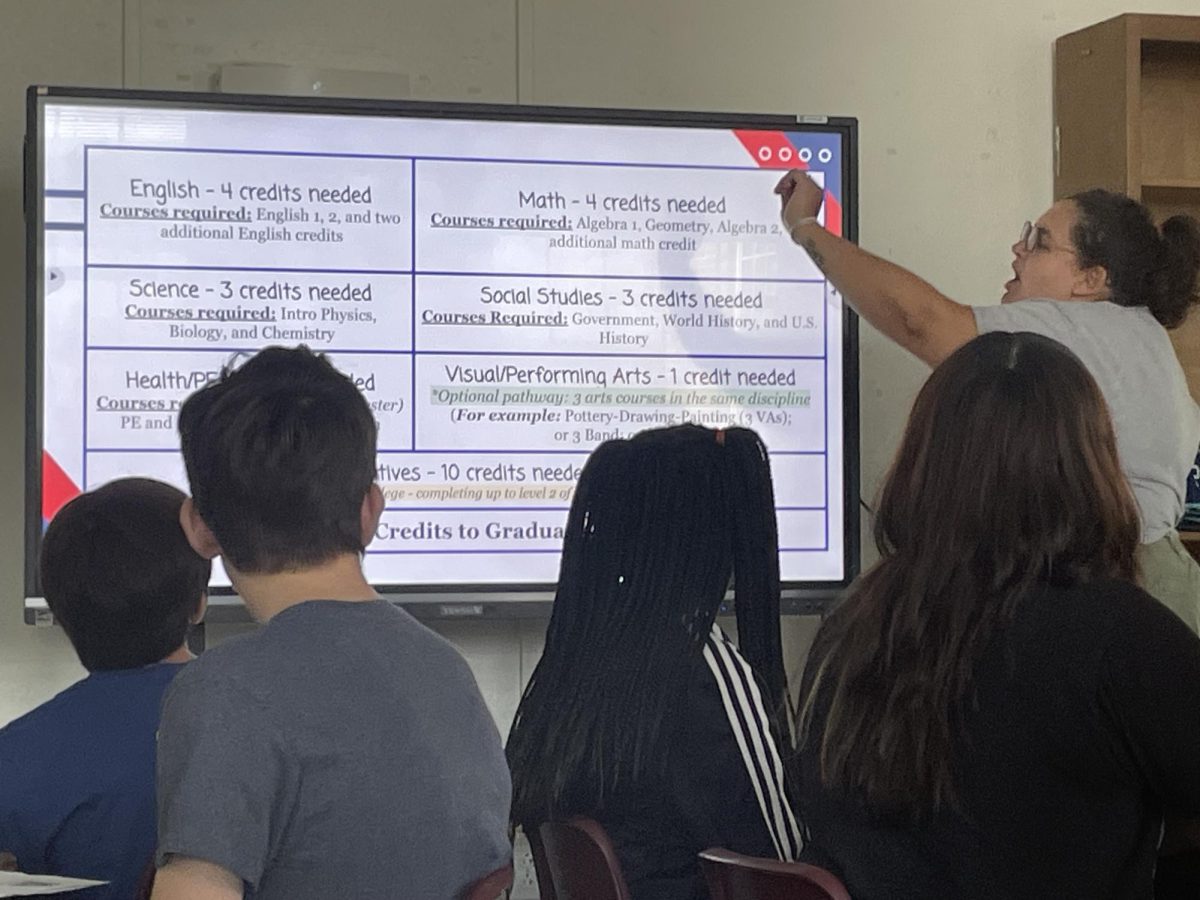Flour Babies Invade Lafayette
December 1, 2017
 It’s that time of the year again, the week after Thanksgiving where students begin to show up at school, flour babies in arms. Each year, both Parenting (taught by Mrs. Mullins) and Psychology (taught by Mr. Bates and Mr. Mendenhall) classes have a unit in which students must create and care for a mock baby, a doll they create out of flour. Flour bags are used to simulate the weight of a real baby in a way that dolls can’t.
It’s that time of the year again, the week after Thanksgiving where students begin to show up at school, flour babies in arms. Each year, both Parenting (taught by Mrs. Mullins) and Psychology (taught by Mr. Bates and Mr. Mendenhall) classes have a unit in which students must create and care for a mock baby, a doll they create out of flour. Flour bags are used to simulate the weight of a real baby in a way that dolls can’t.
To decide the weight, sex, and size of the baby, students draw slips of paper. Students can get multiple babies if they take both classes, and the number of babies stacks up (for example, a student could get two babies in one class and three in the other, stacking up to five babies). Babies could be ‘premature’, weighing two pounds or have the regular weight of five pounds. The most unlucky students could have babies weighing ten pounds! Students who get a baby with colic have to hold an electronic baby that cries randomly, although only in class that their project is for (it would disturb other classes).
Flour babies are expected to be treated as closely to real babies as possible. They are not to be left in classrooms or be unattended at any time. Teachers who spot students harming or neglecting their babies report it to the teacher sponsor. There is a ‘daycare’ that students can pay to leave their babies at for the day, but they are not allowed to be left overnight. As a part of the unit, students are also expected to determine the cost of having a baby and how they would raise their child.
“This is a developmental psych unit,” Mr. Bates says about the project. “The purpose is to give them a truer look into what being a parent is like.”
The goal of the project is to teach about parental responsibility and the stages of childhood growth, and also the consequences of teen pregnancy. The point is not to scare students, but to prepare and educate them on one of the most important decisions of their lives.





